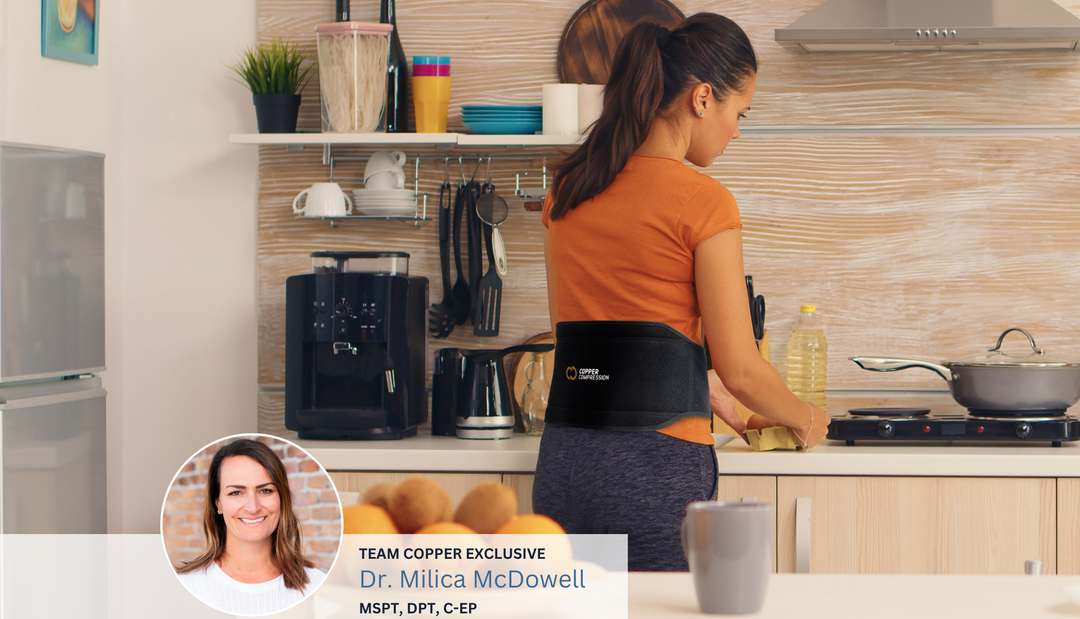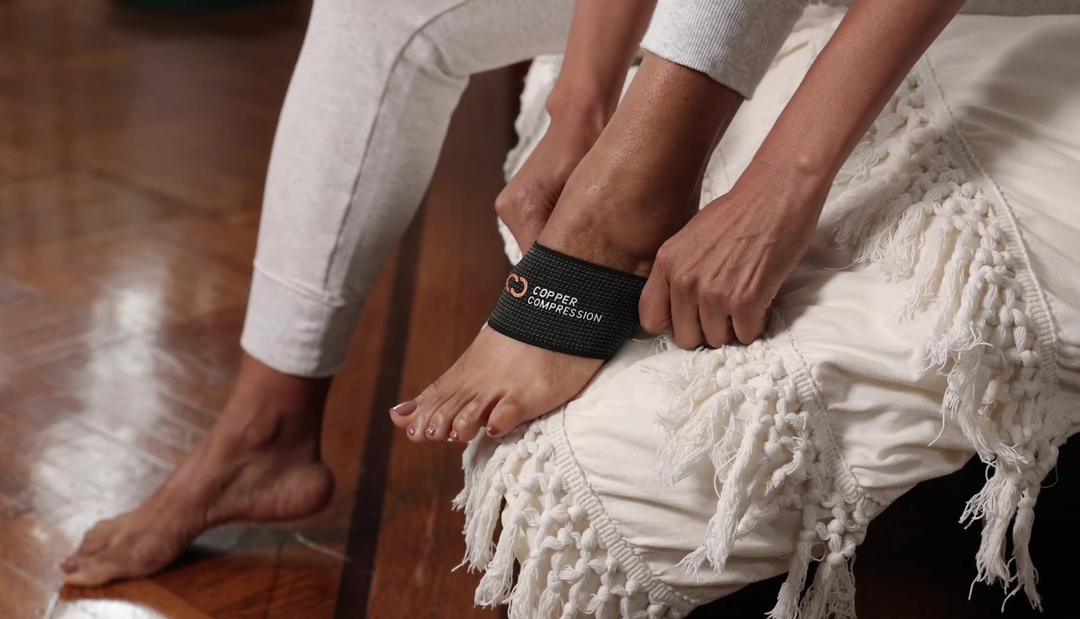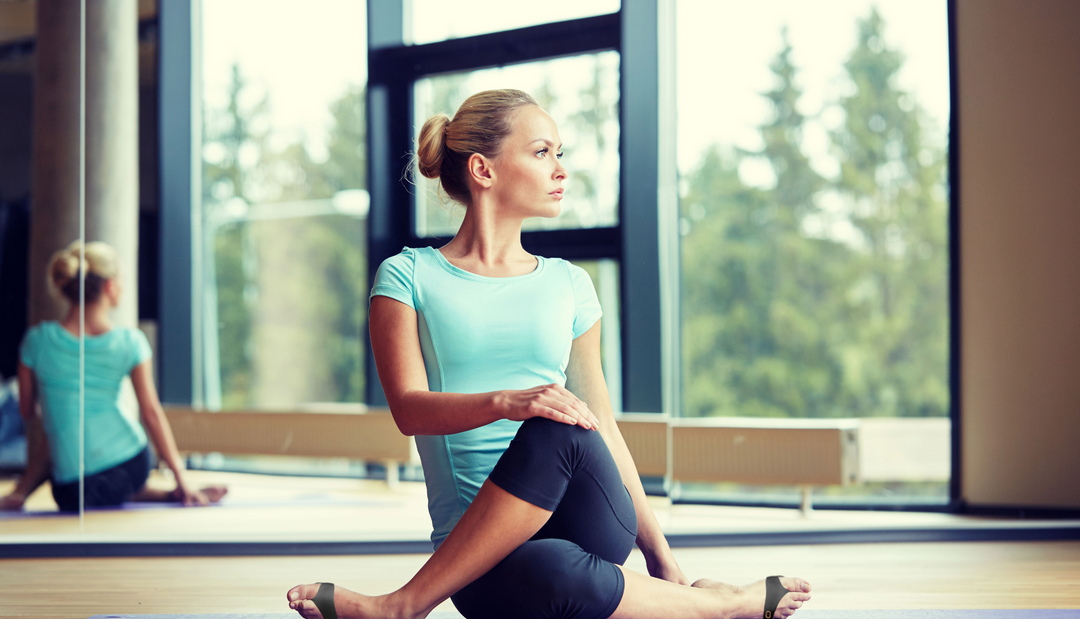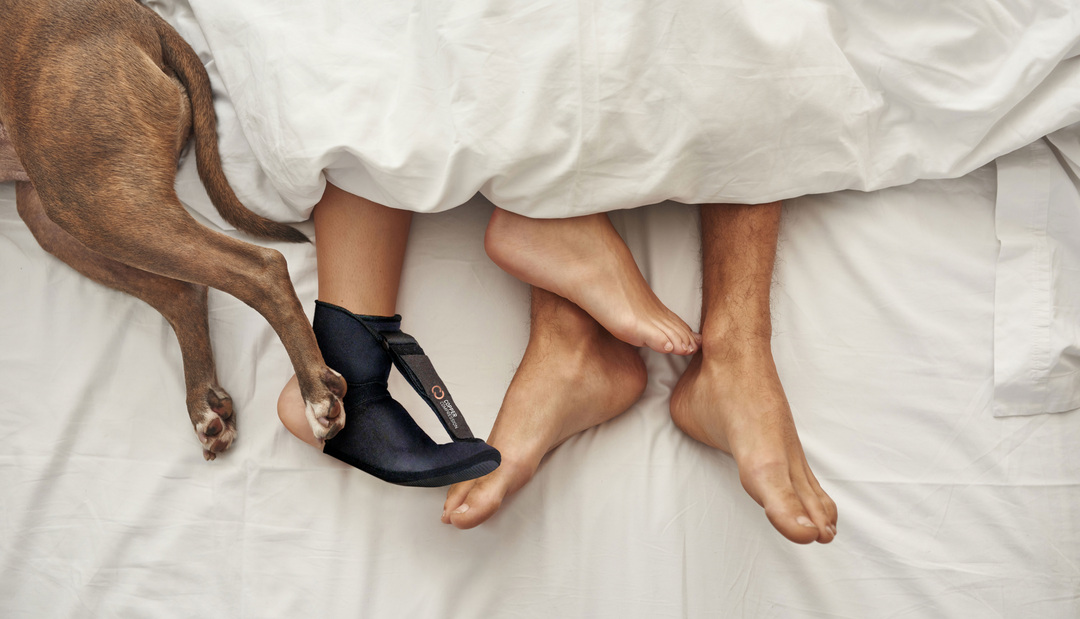Fitness ·
How to Perfect Your Deadlifting Form
The Deadlift is everywhere, and we mean everywhere. You can’t scroll through Twitter, Instagram, or even Facebook without coming across someone lifting what seems like an insane amount of weight with ease.
…But why?
Why does every gym goer, trainer, and influencer seem to love this move to no end? Is it really that great?
The answer is almost as complicated as the art of the deadlift itself. There are actually several different forms of deadlifting, the most common being the Romanian (RDL form) Deadlift, the Barbell Deadlift, the Banded Deadlift, and the Sumo Deadlift. Each one of these comes with their own conventional deadlift form and individual benefits!
But don’t worry, we’ll get into all of that below, plus some history, some benefits, some risks, and some sweet gear to help you lift at your best.
By the end of this article, your deadlifting form will be so perfect that you’ll have to change your name to the Doyen of Deadlifting!
Why is it Called Deadlifting?
Is it as morbid as it sounds? Yes.
While it can’t be completely confirmed, it’s generally believed that the word ‘deadlift’ came from the Ancient Romans - specifically, the pose ancient Romanian soldiers used to lift dead bodies without injury. Oof!
While deadlifting isn’t really used for this practice anymore (we hope), it does follow the same principle - protecting your body while you lift incredibly heavy things.
What is a Deadlift Good For?
What muscles do deadlifts work? The deadlift exercise has gone viral for a reason - deadlifting properly comes with a ton of benefits, both physically and mentally. It’s a staple in most gym goer’s routines, and once you’ve mastered the technique, you see fast results.
Here are just a few of the benefits of deadlifting and the muscles used:
-
Hip Extensor Activation: Our hip extensors (the glutes and hamstrings) don’t get enough love during the day, especially by those of us with desk jobs (ourselves at Copper Compression included).
While many of us often associate these muscles with squats, studies show that in the squat versus deadlift debate, it is actually deadlifts that train these muscles the hardest. Conventional deadlifting increases both the strength and size of these muscles.
Two birds, one stone, no squats. -
Jump Improvement: Improving your deadlifting form isn’t just for your glutes, it’s for your jump! We could all stand to jump a little higher - it helps us with even the most intense of exercises, from sprinting to rowing. Our hip extensors play a huge hand in our jump.
-
Core Activation: Multitasking workouts? Sign us up! Mastering the deadlift with weights (or without) engages your core, too, so you can train your glutes and get abs in the process - without planking for minutes on end.
-
Metabolism Boosting: Regardless of whether or not weight loss is your goal, boosting your metabolism is good for your mind and body. Consistent resistance training is one of the best ways to burn calories and boost your metabolism!
There are many more advantages, of course, but the benefits are clear!
Risks and Dangers: Are Deadlifts Bad For You, Too?
As far as we know, there is no perfect workout. All workouts come with some form of risk, especially if done improperly.
However, there are other factors that you should consider before trying your hand at serious deadlifting:
-
Higher Potential for Injury: Conventional deadlifting puts a lot of strain on your lower back, and if your deadlifting form is off you can strain, inflame, or injure your back muscles. If you’ve ever tweaked your back, you know how much this hurts.
(Most common reasons for injury: arching your lower back, not locking your shoulders, poor overall control, weight is too far from your body, and squatting into your deadlift) -
Easy Overexertion: It is also very easy to overestimate how many deadlifts you can do. No matter how strong you are, try to keep your reps on the short side at first. You have to give yourself room for recovery!
-
Increased Risk for Arthritis in Sedentary Adults and Athletes: This sounds a lot scarier than it is. The reality is that deadlifting properly is an intense workout that requires a bit of preparation and warmups. Those who exercise sparsely should ensure they are properly warmed up before starting, and regular athletes should be wary of how often they deadlift (overexertion happens fast). Failure to do so puts a lot of pressure on your joints, leading to an increased risk of Arthritis.
For those looking to prevent injury and lower your risks, we have excellent Arthritis gloves that can be worn at home or at the gym!
All in all, deadlifting is a serious exercise. Make sure you know how to do it properly before you start.
Speaking of how to deadlift properly...
How to Romanian Deadlift
The RDL workout (different from Romanian squats) is arguably the most popular type of deadlift, and for good reason. It’s a relatively simple, all-encompassing maneuver.
(Deadlifts vs. Romanian deadlifts: The conventional deadlift starts at the bottom position, whereas the Romanian deadlift starts standing up).
Step By Step:
-
Begin your RDL form by standing tall, feet hip-width apart, and knees bent slightly (this is important).
-
Hold your kettlebells or weights at thigh-height.
-
Hinge your hips and push your butt back, keeping your back nice and flat. Your torso should be parallel to the floor at this point, with your weights at your shins.
-
Engage your core.
-
Push through your heels and begin to stand up straight. Keep your weights as close to your shins as possible!
-
Pause at the top, and squeeze your buttocks muscles. BAM! 1 rep down!
-
Repeat!
How to Barbell Deadlift
Can’t go wrong with a classic! This is probably the deadlifting form you see most frequently on Instagram or TikTok. The barbell deadlift can be completed through these steps:
Step By Step:
-
Stand behind the barbell.
-
Put your feet shoulder-width apart.
-
Hinge your hips backward, bend your knees, and bend your torso forward.
-
Engage your core.
-
Once you’ve leaned down, grab the barbell with your hands shoulder-width apart.
-
Push your feet into the floor and stand up, lifting the barbell with your arms straight.
-
Bring your hips forward, and squeeze your abs and glutes.
-
Reverse the movement, bending your knees first. Push your butt back till the barbell reaches the floor. Done!
How to Band Deadlift
Deadlifting with bands is a method that’s just as tough as a deadlift with weights, but a little easier for your grip. If you want to practice deadlifts but need a little less stress on your hands, this is the move for you!
Step By Step:
-
Step on the looped band with both feet, with enough slack to pull up.
-
Use your hips to hinge forward, and ensure your back stays flat.
-
Use both of your hands to grab the resistance band and lift to shin height.
-
Push through your heels and pull the band up until you’re standing totally straight.
-
Squeeze your glutes at the top. 1 rep completed!
How to Sumo Deadlift
The sumo deadlift is similar to the barbell deadlift, but with different foot placement to work out different parts of the thigh.
-
Stand behind the barbell (or if you’re using weights, hold them right in between your legs).
-
Place your feet wider than shoulder width apart.
-
Turn your feet out (this will work your inner thighs).
-
Hinge your hips backward, bend your knees, and bend your torso forward.
-
Engage your core.
-
Once you’ve leaned down, grab the barbell with your hands shoulder-width apart (or hold the weights parallel).
-
Push your feet into the floor and stand up, lifting the barbell or weights with your arms straight.
-
Bring your hips forward, and squeeze your abs and glutes.
-
Reverse the movement, bending your knees first. Push your butt back till the barbell reaches the floor. Don’t let the weight rest on the floor. Done!
What is a Good Deadlift Weight?
One of the most important parts of good deadlifting form is ensuring you’re not lifting more than you can handle.
Finding the right beginning weight for you relies on a few factors, including age, gender, and bodyweight. Use this helpful calculator to find the right weight for you.
What Gear Do You Need to Deadlift?
You’ve got (almost) everything you need to start lifting. The final step you’ll need is to ensure you’ve got full coverage. Lifting can be a lot on the joints and tendons, especially your knees and hamstrings.
For extra protection during serious lifts, we recommend using our full leg sleeves - these will keep your knees and hamstrings compressed, protected, and ready to lift.



